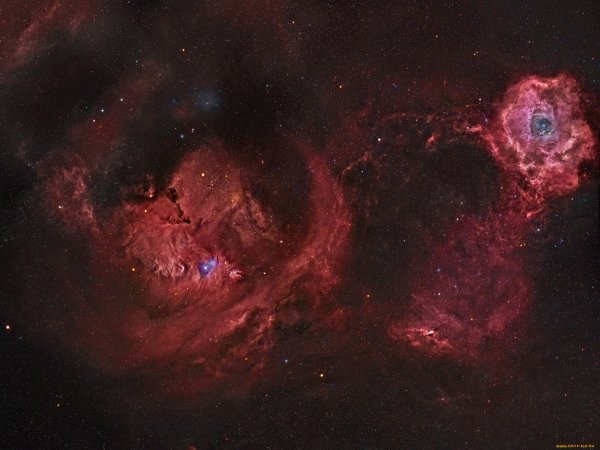Hubble обнаружил загадочный инфракрасный источник неизвестного происхождения

Он связан с нейтронной звездой, но его размеры не дают ученым возможности определить его природу.
Обнаруженный Hubble странный источник инфракрасного излучения находится в 800 световых годах от Солнца. По словам астрономов из США и Турции, эта звезда принадлежит группе из нескольких находящихся неподалеку рентгеновских пульсаров, также именуемой Великолепной семеркой. В процессе исследования космоса ученые заметили загадочное инфракрасное излучение вокруг светила протяженностью 200 астрономических единиц. Предполагается, что видимая загадочная область происходит не от самой звезды, там может находиться что-то еще.
View this post on Instagram
Our @NASAHubble Space Telescope detected an unusual infrared light radiating from a nearby neutron star, which forms when a massive star runs out of fuel and collapses. But what is it? These never-seen-before features could have two possible explanations: one possibility is that there is a dusty disk surrounding the neutron star; another is that there is an energetic wind coming off the object and slamming into gas in interstellar space the neutron star is plowing through. This animation depicts a neutron star with a disk of warm dust that produces an infrared signature as detected by Hubble. The disk wasn’t directly photographed, but one way to explain the data is by hypothesizing a disk structure that could be 18 billion miles across. The disk would be made up of material falling back onto the neutron star after the supernova explosion that created the stellar remnant. Although neutron stars are generally studied in radio and high-energy emissions, such as X-rays, recent studies show that new and interesting information about neutron stars can also be gained by studying them in infrared light. Neutron stars are also called pulsars because their very fast rotation (typically fractions of a second, in this case 11 seconds) causes time-variable emission from light-emitting regions. Using our upcoming James Webb Space Telescope (@NASAwebb), astronomers will be able to further explore this newly opened discovery space in the infrared to better understand neutron star evolution. Credit: NASA, ESA, and N. Tr’Ehnl (Pennsylvania State University) #nasa #space #hubble #spothubble #spacetelescope #telescope #cosmos #stars #galaxy #infrared #light #supernova #explosion #beautiful #universe #science #bright #xrays
A post shared by NASA (@nasa) on
Возможно, вокруг звезды находится диск пыли, возникший после взрыва сверхновой. Такие скопления состоят из материи массивной звезды-родоначальницы. Взаимодействие со светилом нагревает пульсар и прекращает его перемещение.
Вторая гипотеза связана с плерионом. Он появляется при ускорении частиц электрическим полем из-за быстрого вращения звезды вместе с магнитным полем. В ходе полета в районе столкновения пульсара и межзвездной среды появляется ударная волна. Частицы в таких случаях излучают синхтронное излучение, вызывая инфракрасное излучение, наблюдаемое с Земли.

















